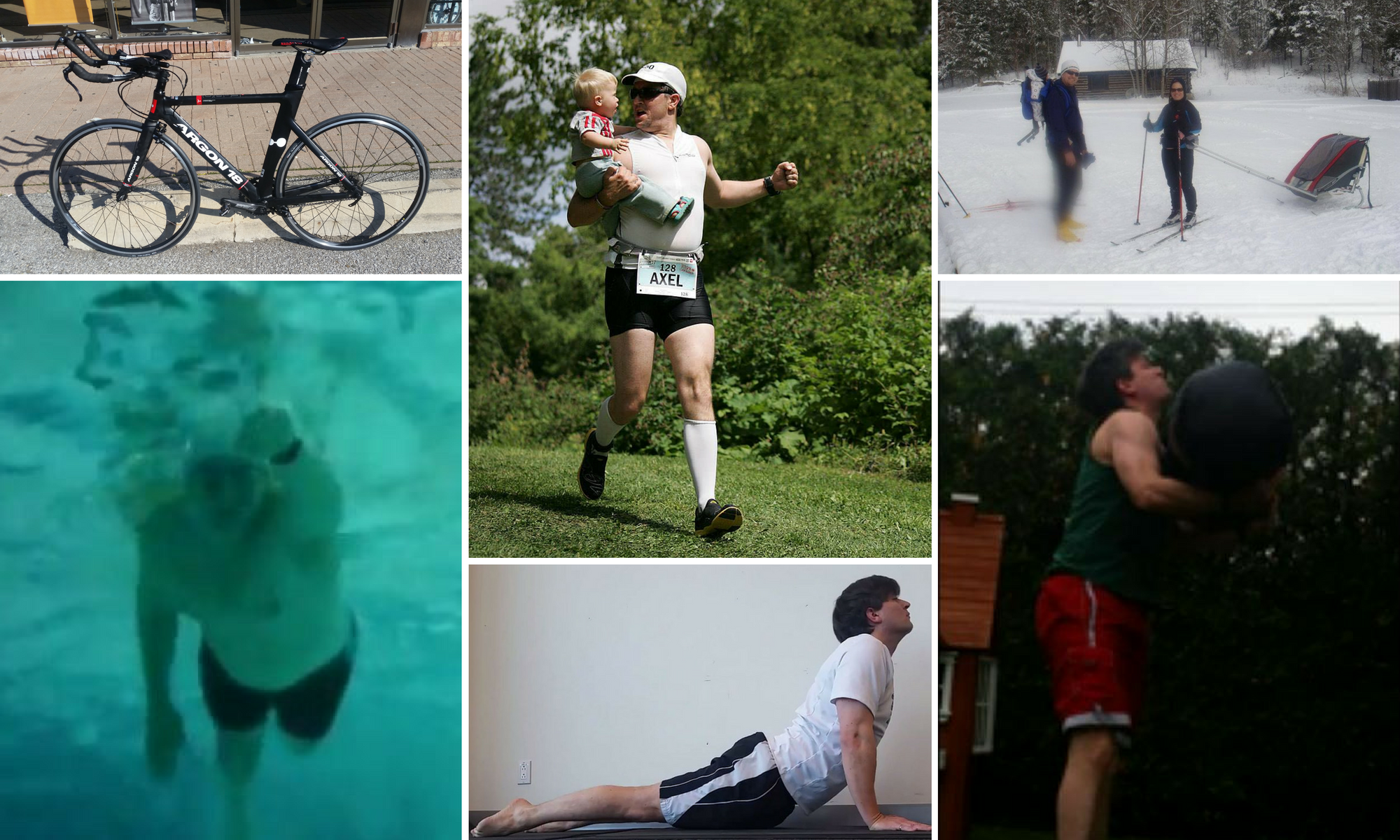Disclaimer: this post is sponsored content.
As an endurance athlete, you need to learn to manage pain. Pain is a normal part in the lives of people, who love sports.
However, as an athlete you need to practice the saying “Pain is inevitable, but suffering is optional.” This is the primary reason why endurance athletes last long compared with other people who can’t even run a mile. Experts believe that it’s their ability to cope with pain, physically and psychologically.
So why do athletes have better tolerance for pain? A research by the University of Heidelberg in Germany found that athletes stand pain better than non-athletes. The researchers believed that it’s their commitment to regular physical activity that improved their ability to bear pain.
The study found that athletes can deal with chronic pain better. They can stand pain for longer duration because their training has helped them to develop the coping skills they need.
Athletes are often exposed in intense psychological and physical pain, especially before and during the competitions. They deal with pain better than the non-athletes because they know how to apply the pain coping mechanisms that would help them win in the competitions.
Aside from exercise to alleviate pain, the researchers are looking into the power of meditation. Later on, this may help people struggling with chronic pain.
Whether you are an athlete or not, practice these mental strategies that can help you bear pain better:
- Do the self-talk.
“Mind over matter.” When you tell your brain to focus on the pain, you will surely stop during the game. The best way to fight the pain, especially when you feel that you want to give up in the middle of the competition is to use the rhythmic cognitive behavior. It’s easy to apply this because you just have to say a certain mantra or word that applies to you. For instance, you can say “power,” “fast,” “calm” repeatedly to encourage yourself to go on than to focus on the pain. You can also count from 1 to 10 and begin it again after every step, stride or ride you do. It’s one easy way to divert your mind from telling you that you need to stop because of the pain.
- Believe that pain will pass.
When the pain starts to consume you during the competition or trainings, your emotions may begin to surface. Those emotions are sending messages telling you to either ask for help, slow down or you need to drink. Don’t ignore those emotions and try to understand what the important message it is telling you. The fastest way to manage this difficult emotion at the height of a competition is to stop your movements. During this time, you need to calm yourself to put an end to this emotion. You need to say a powerful mantra to remind yourself that you are in control of everything. Convince yourself that the pain is just temporary and it will not last.
- Accept what’s there.
What you’re expecting on the day of your training or competition has something to do with how you will perceive pain. When you begin to think that you can handle the pain that you may be experiencing later during the race will change how you will handle it.
What you feed your brain is what you’re going to believe in. For instance, you will think that “It was the slippery road that caused my injury.” As an endurance athlete, it will help you if you will begin to have less expectations. You should be ready for whatever will happen later and believe that you can handle anything, even facing pain.
Frances Hamilton loves writing about developing mental skills as a way to enhance the physical strength. She is a devoted Christian, swimmer and speaker as well as resident counsellor at rehabcenters.com.




